Every year, nearly a quarter of a million candidates are entered for our dance exams by their RAD Teachers, in over 80 countries across the globe.
We offer a wide range of dance exams and assessments to motivate and reward students of all ages and abilities and provide opportunities for progression and achievement. It’s not just professional or young dancers who take our exams and age is no barrier to success. You can develop your fitness, musicality and artistry at any stage of your life. Our candidates range in age from 2 to 80+!
Recognised for their quality, Graded and Vocational Graded RAD exams and solo performance awards are awarded as qualifications accredited on the frameworks outlined below.
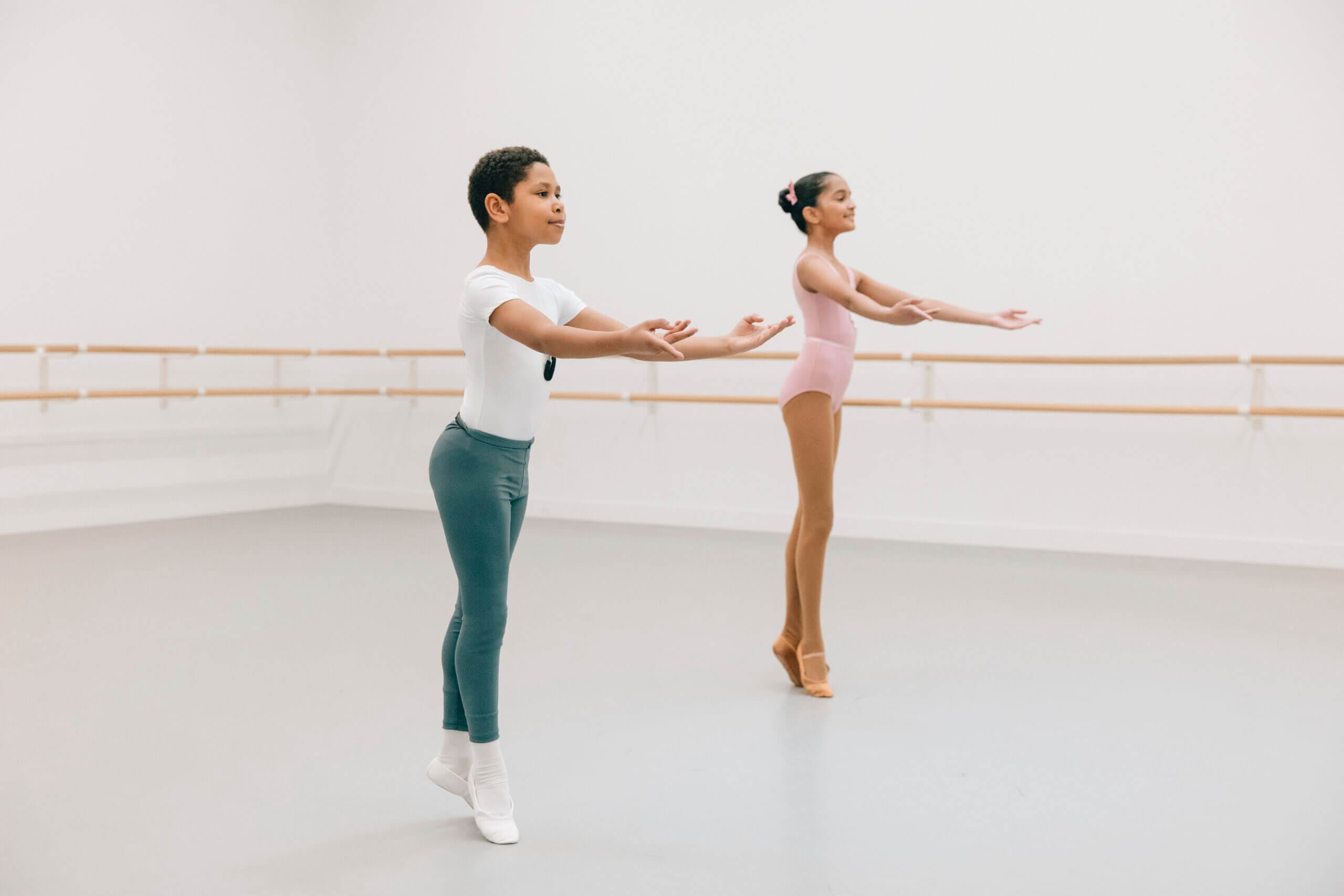
Studying with an RAD Registered Teacher
To enter for RAD exams, students must study with an RAD Registered Teacher. Only RAD Registered Teachers are able to enter student for their exams. All of our teachers are trained to the highest standards.
Taking dance exams with the RAD
At the RAD we know a thing or two about ballet exams – we’ve been setting standards for them for over 100 years. Our exams are recognised as a benchmark of excellence, can be taken in-person, or online, and are trusted around the world.
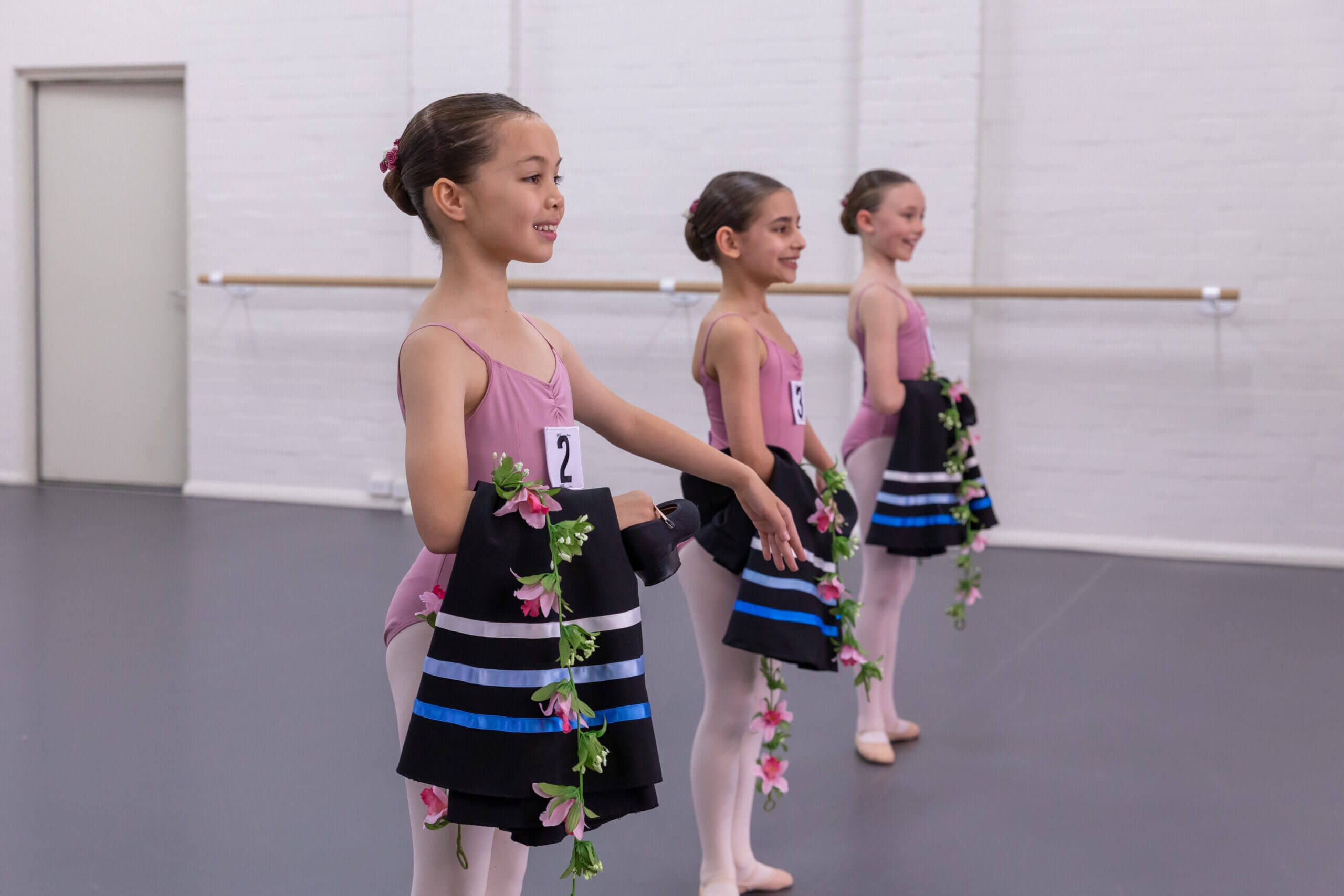
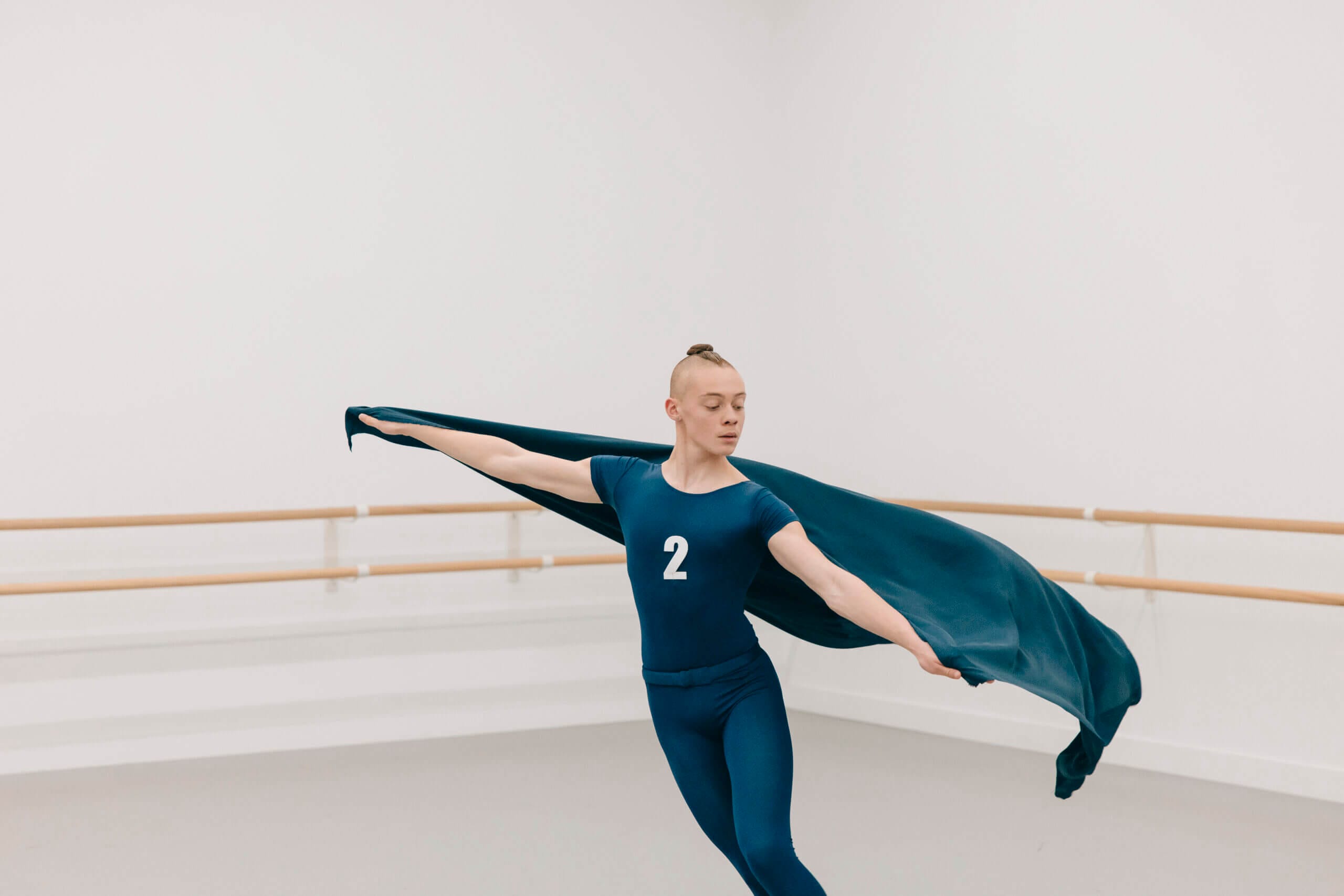
World leaders in dance exams
We are committed to equality of access through our stringent quality assurance procedures so that our exam and assessment processes are accountable, transparent, and consistent.

“Preparing for and completing exams gave me a huge sense of achievement and I loved having the opportunity to demonstrate the steps and dances I had been practising. It gave me a wonderful foundation for the career I was fortunate to have.”
– Alexander Campbell, Artistic Director of the RAD
Dance exams options for everyone
RAD exams are accredited by most UK regulators. We offer many different ballet exam options and assessments to provide a varied choice for students.
Some of the RAD syllabus is presented in the traditionally classical male or female roles, though students can choose which syllabus they perform, regardless of the sex assigned at birth, or the gender with which they identify.
For those with additional needs, we have a clear process and policy for applying reasonable adjustments, allowing all students to perform to the best of their ability on their exam day.
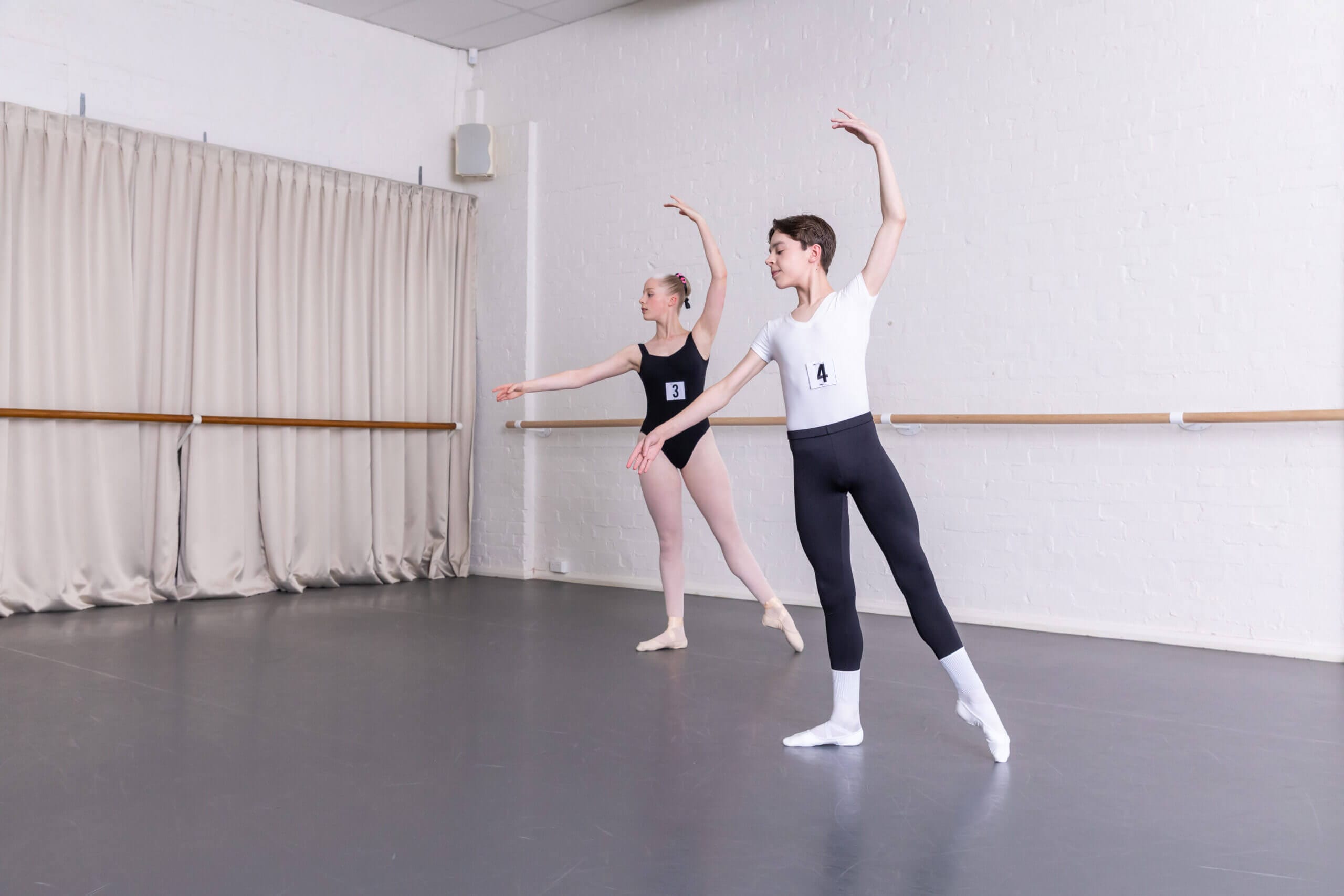
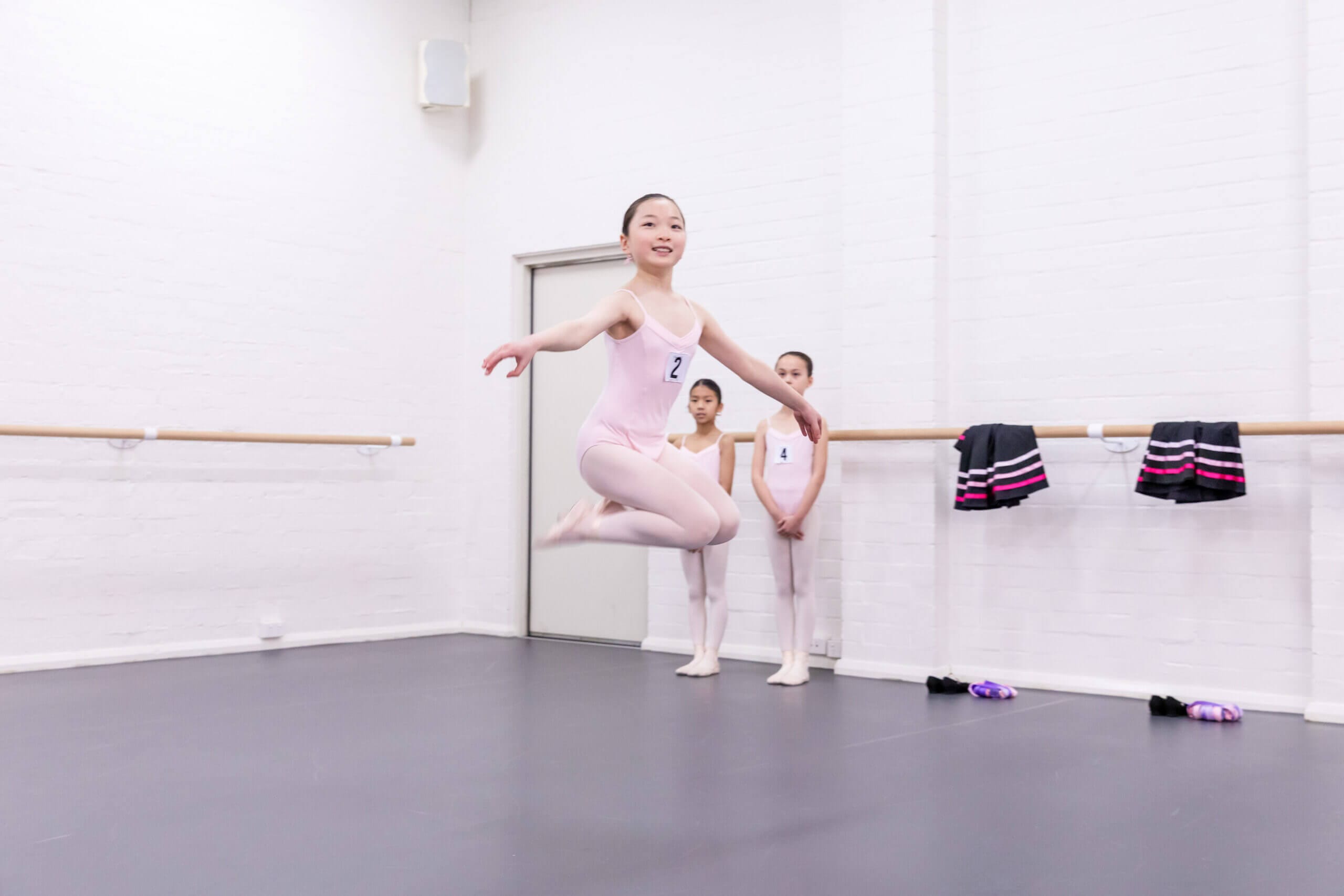
Graded Exams –
Primary to Grade 8
The content is based on the development of classical ballet technique with the inclusion of character dance from Grade 1. All students who are successful at RAD exams receive a security-enhanced certificate and a medal.
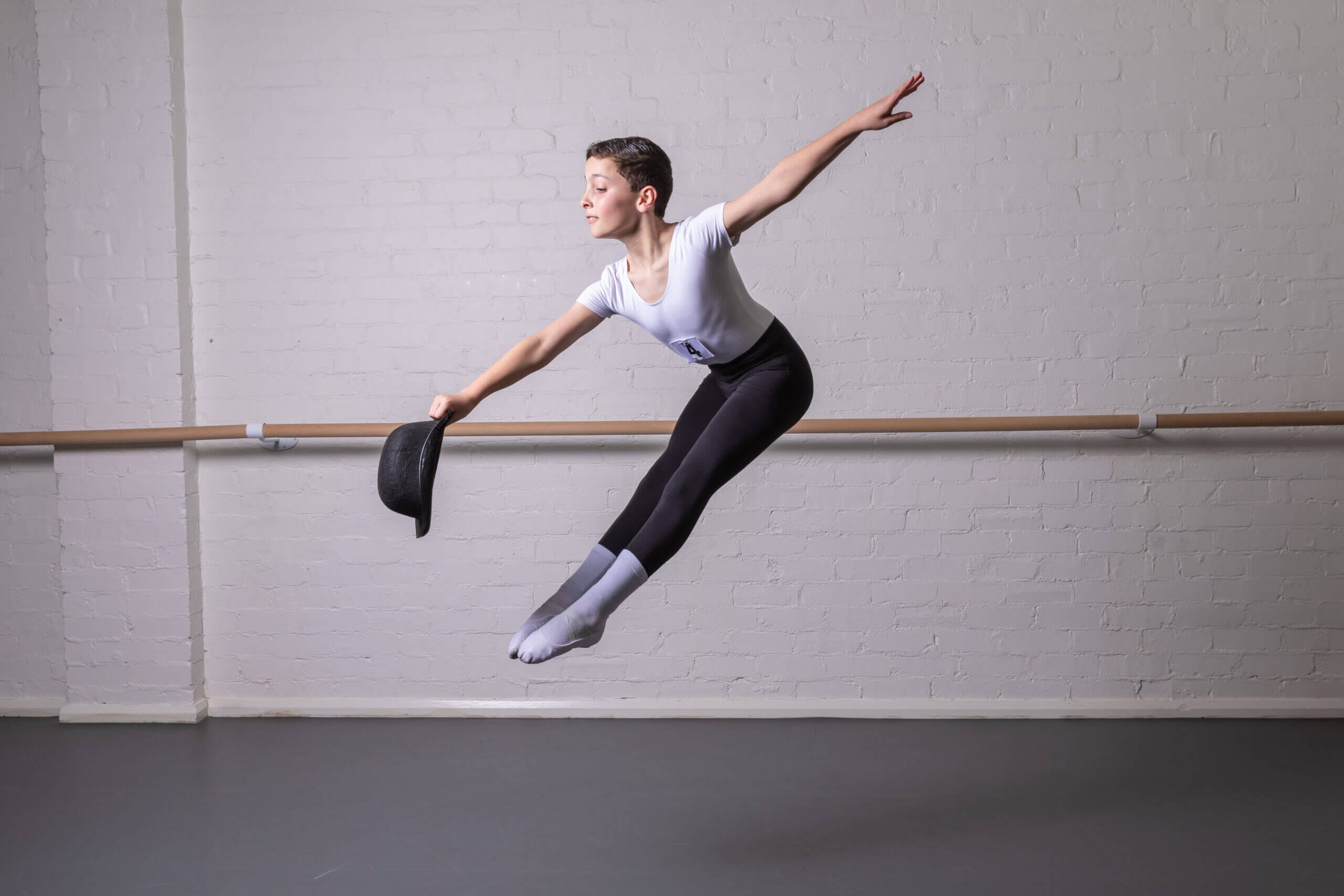
Solo Performance Awards –
Grade 1-7
Students perform three solo
pieces in the exam and have the opportunity to bring in different dance genres and choreography.
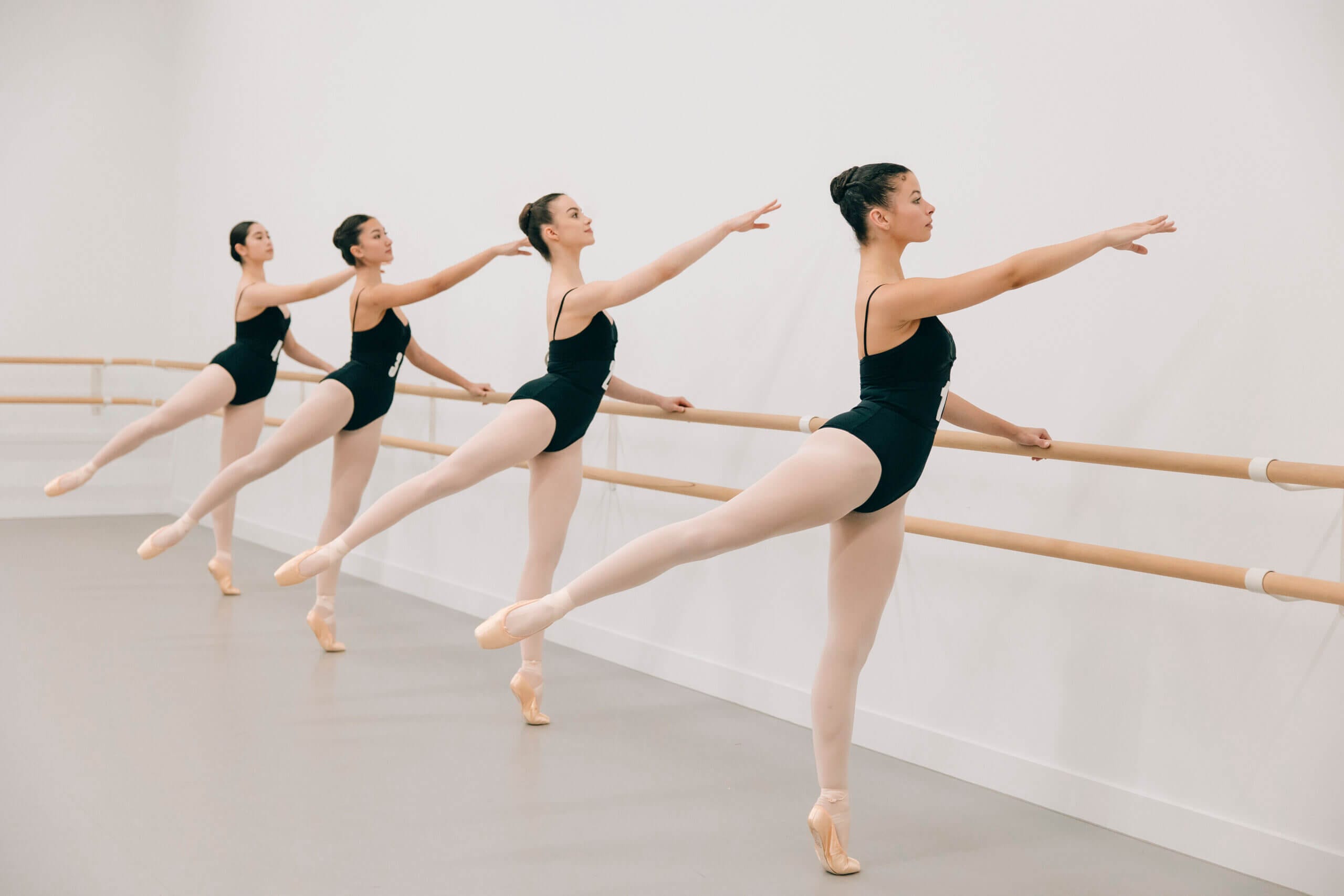
Vocational Graded Syllabus – Intermediate Foundation – Solo Seal
With an emphasis on technique, musicality and performance, these exams are designed for students who want to study classical ballet in greater depth.
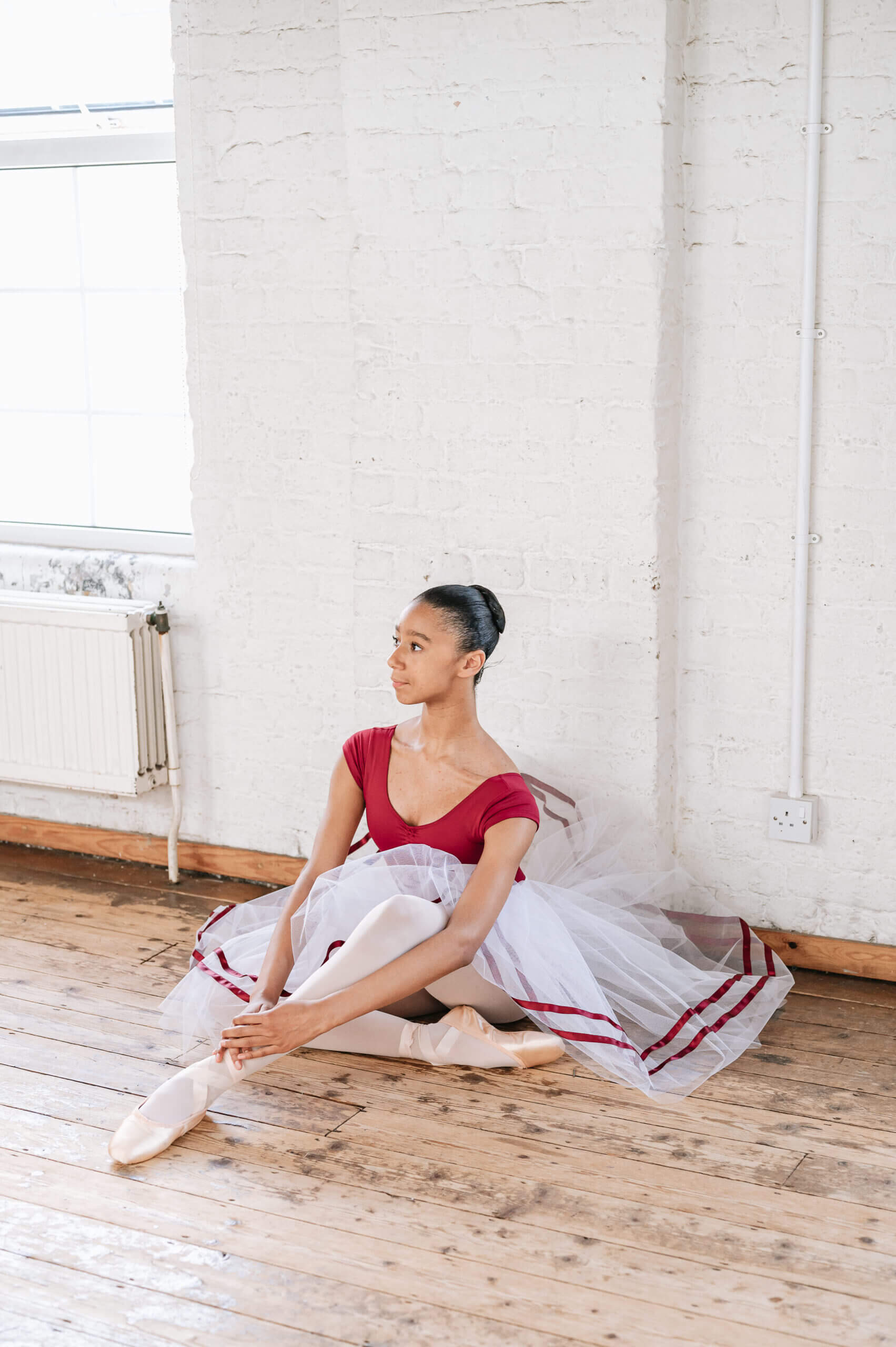
Discovering Repertoire – Level 2-4
A qualification split into three units which students can take over a period of time. There is a class unit and two units based on the development of solo repertoire variation.
More than dance exams
For those students who feel the pressure of accredited ballet exams is not appropriate for them, we also offer a range of unaccredited assessments enabling all students to receive recognition for their achievements. These also provide great practice for exams should the student choose to move towards those in future.

Demonstration classes
Based on our pre-school dance curriculum, Dance to your Own Tune, demonstration classes involve a short performance from each student who then receives a certificate of participation as a mark of their personal achievement.
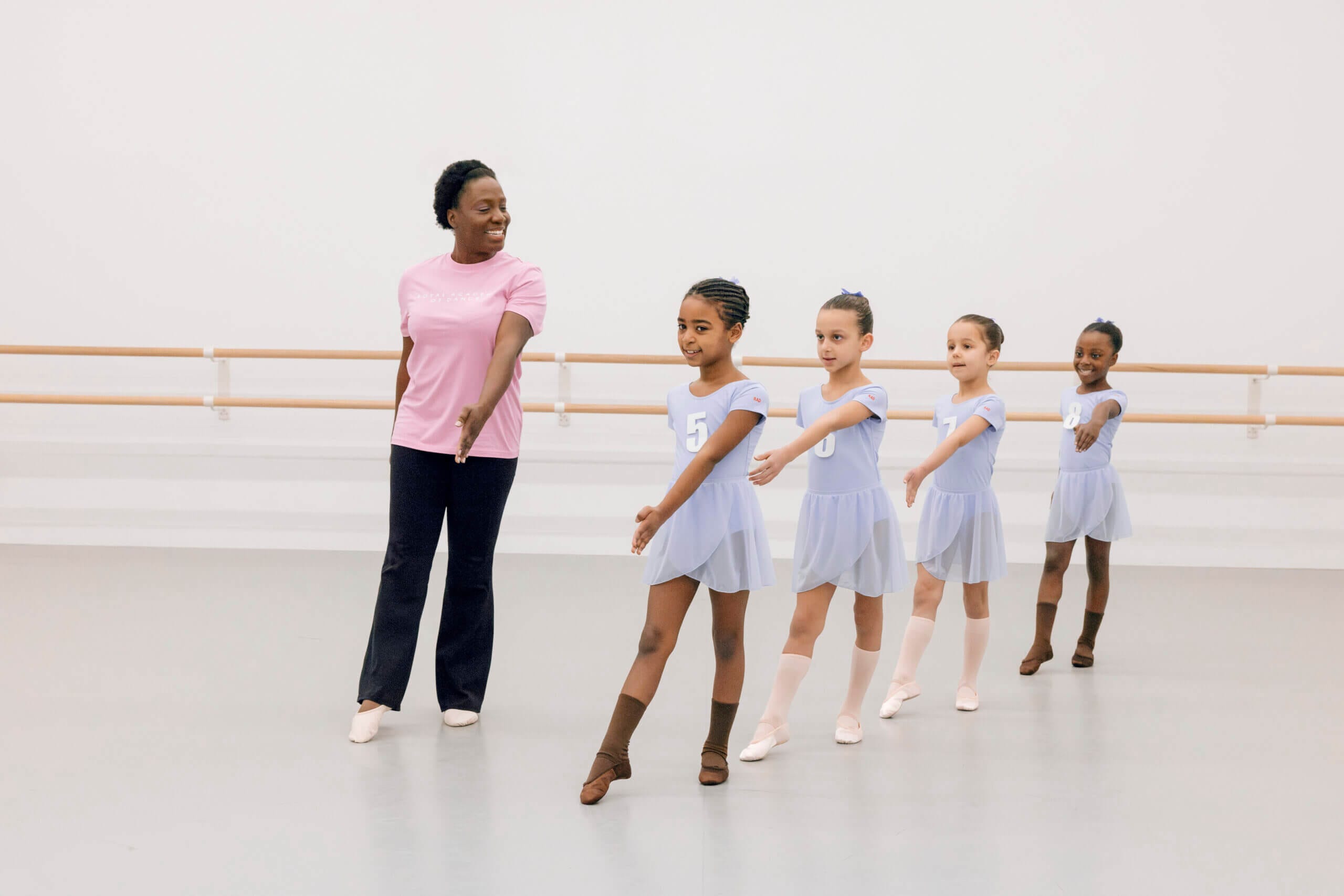
Class Awards –
Pre-Primary to Grade 8
Class award syllabus (a selection of exercises and one dance), led by the teacher.
Class Awards from Pre-Primary in Dance to Grade 7 are conducted by the teacher or an assistant, with the examiner assessing the class. For Grade 8, the examiner conducts the class and this follows the same format as the exam.
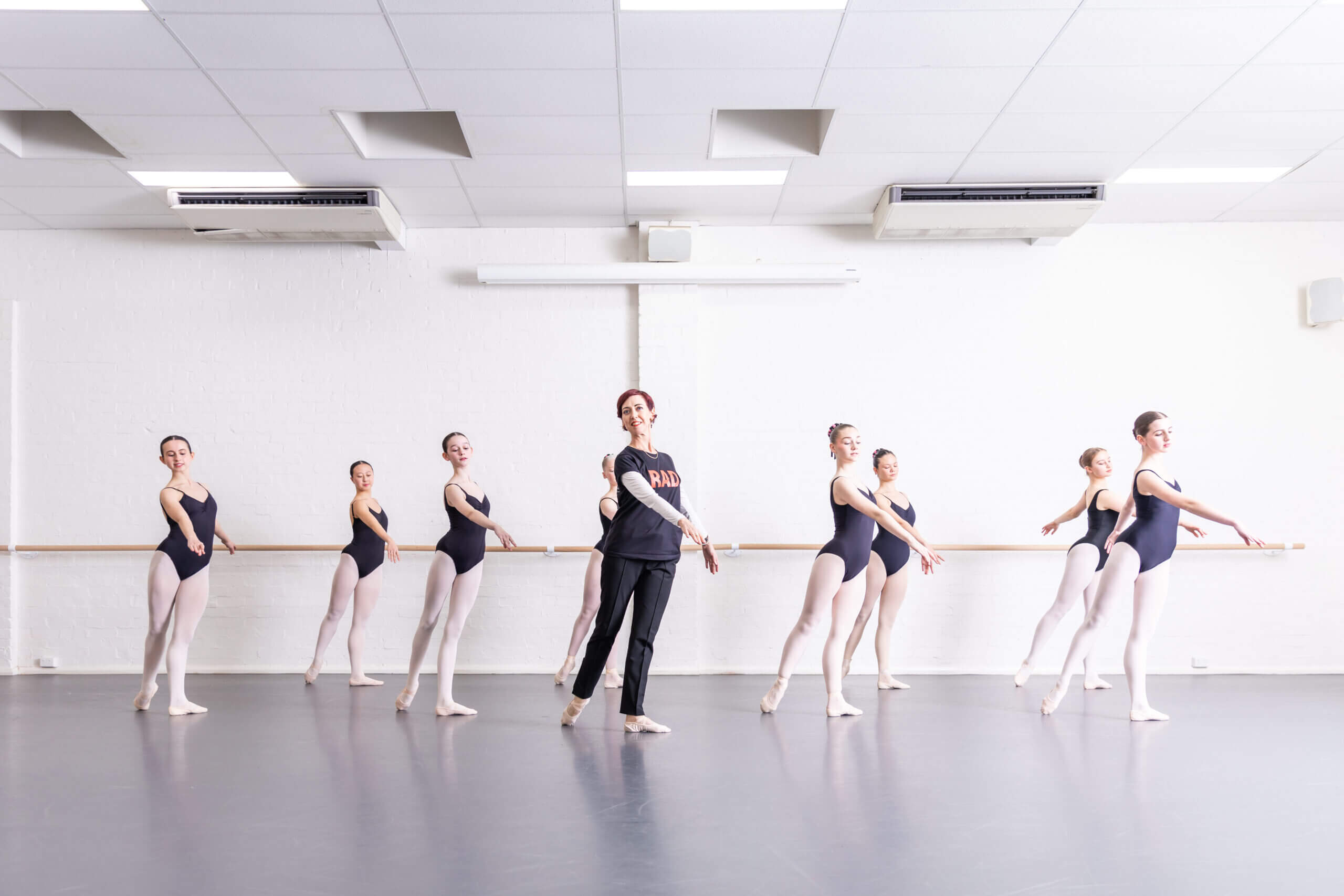

Information for dance teachers
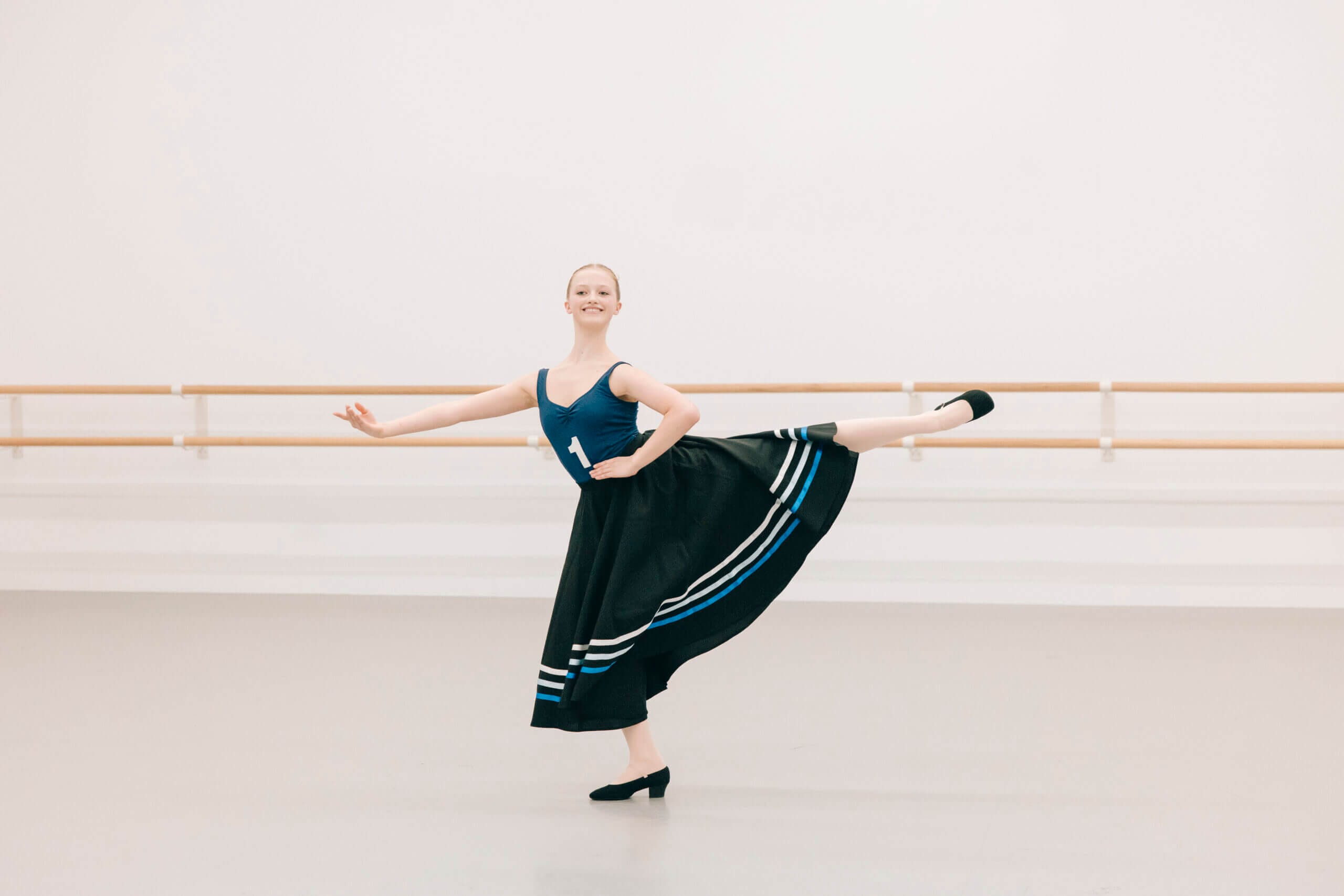
Enter your students for dance exams
Only RAD-registered teachers can enter their students to take their exams. To enrol your students and better prepare them for success, visit our Member’s Area for more resources.
Not a registered teacher? Sign up and become a member today and help your students succeed in their dance journey.
RAD Examiners
The RAD has a panel of over 200 examiners across 25 countries. who undergo a demanding selection process followed by further training and quality assurance. This includes regular seminars for standardisation, learning new work, and discussions on a wide range of topics including unconscious bias, data protection, safeguarding, and new technologies.
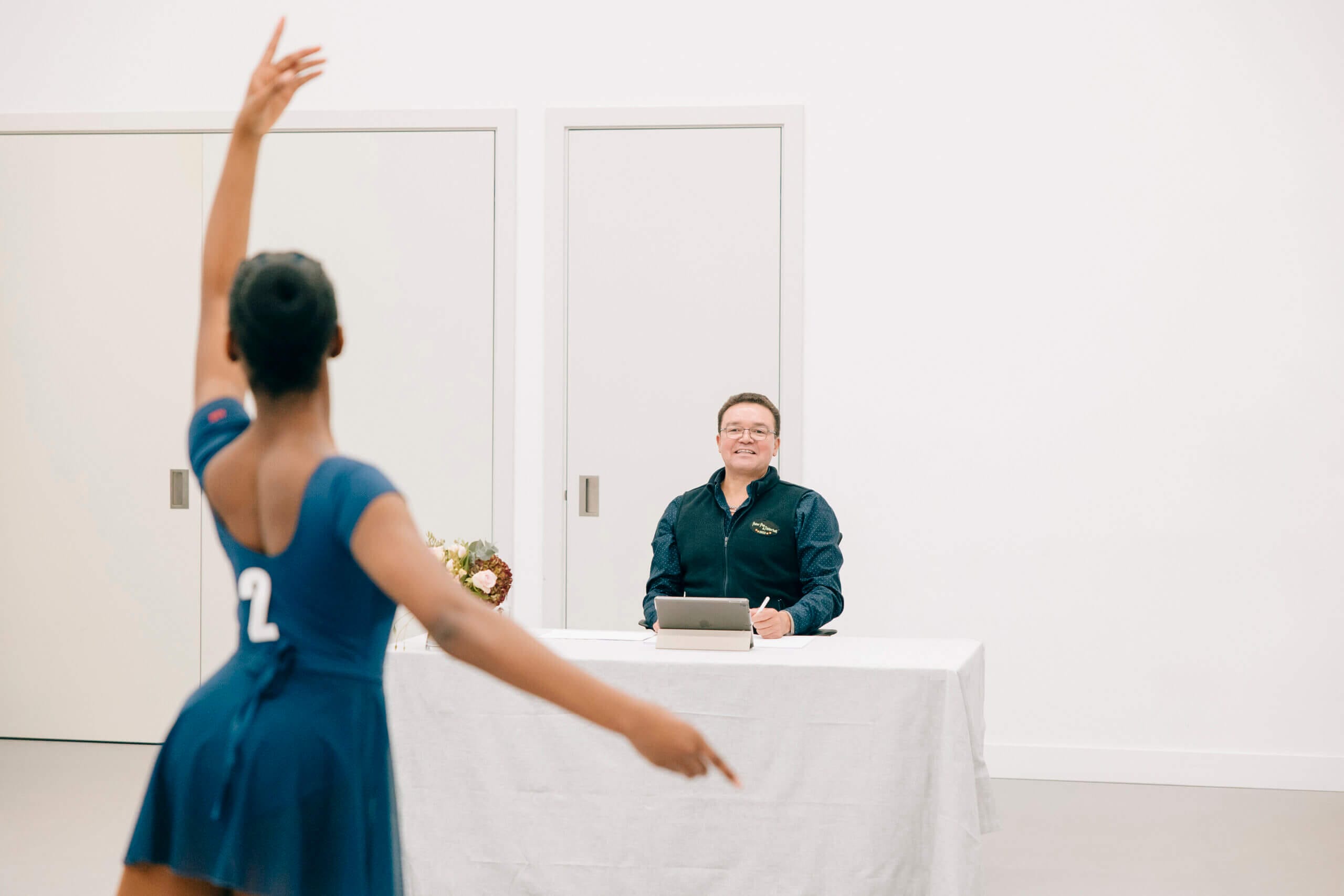
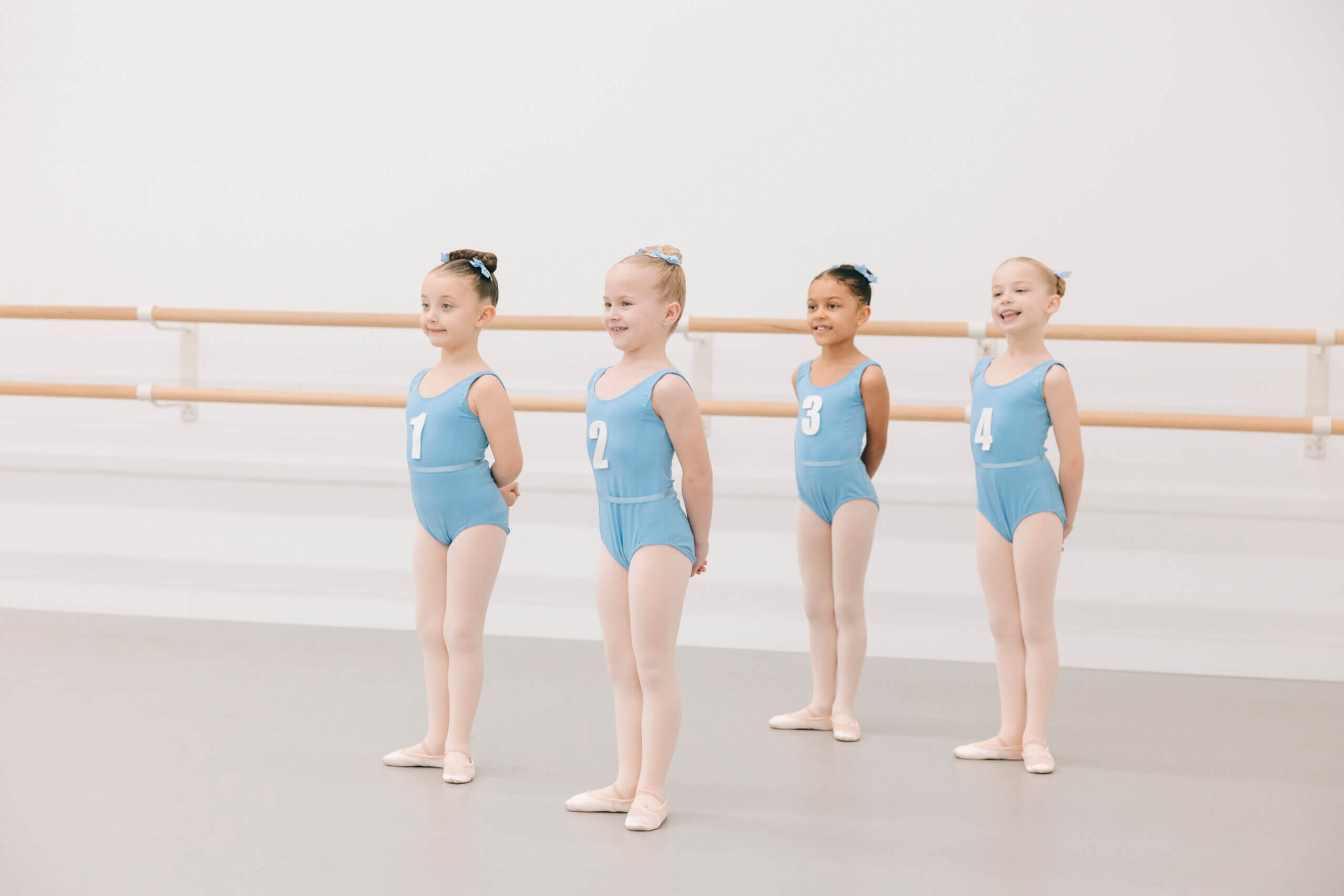
Register to download the RAD Exams Booklet
Our RAD Exams Booklet contains all the information you need to know to help you or your child excel in their dance exams. Click the link below and complete the form to receive the PDF.
Focus on Exams
Focus on Exams is our digital publication with features on all things exam-related. Published three times a year, it offers information for teachers, students, and examiners along with all the latest updates from our Exams team.
Alongside practical tips and resources, you’ll discover inspiring stories from fellow dancers worldwide who have achieved their own exam milestones. Gain insights from experts, learn techniques to help you refine your skills, and find motivation to overcome any challenges that come your way. Focus on Exams is more than just a resource; it’s a community dedicated to helping you succeed and celebrate each accomplishment on your dance path. Dive in and make every step toward your exam count!
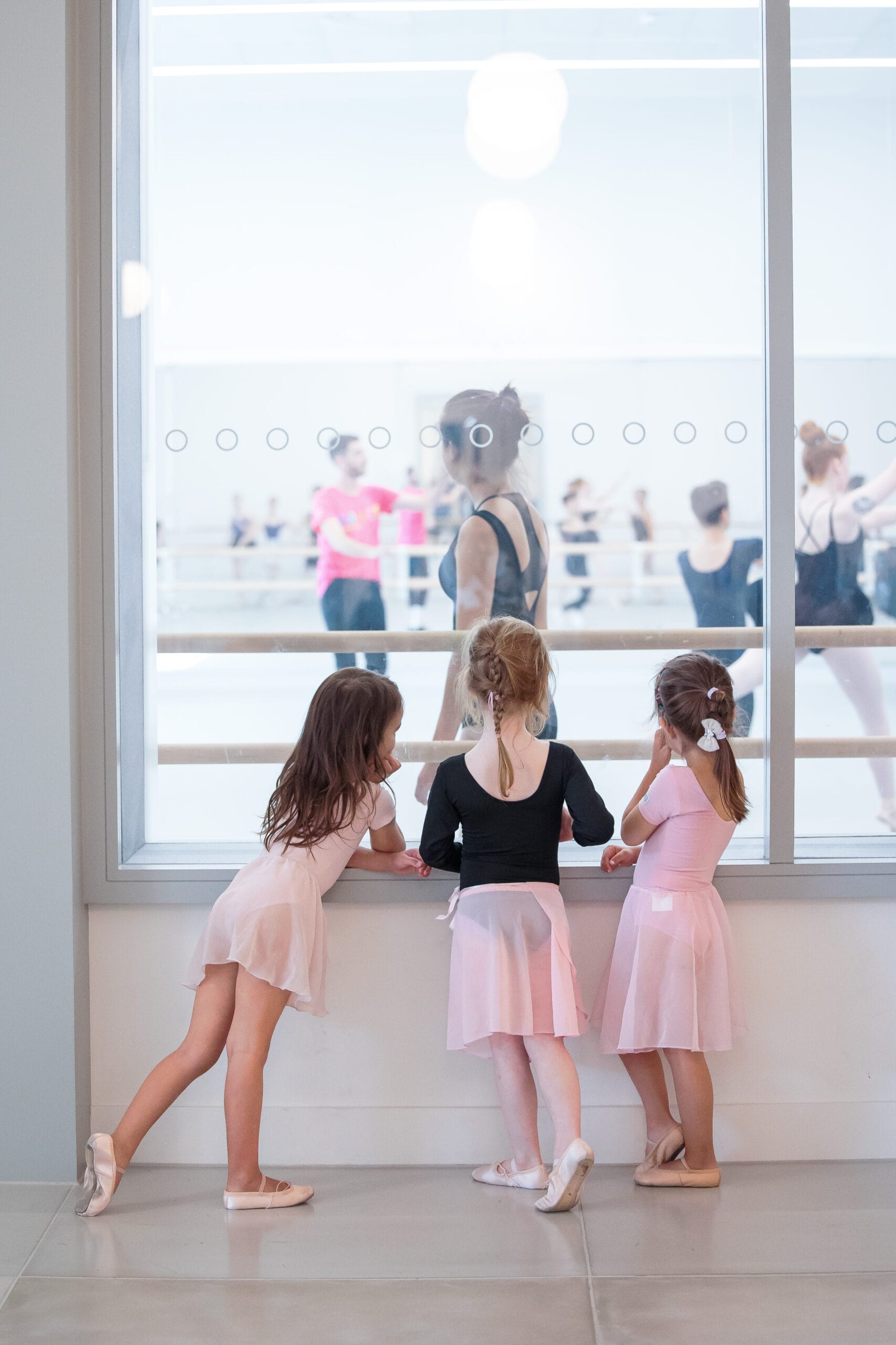

Subscribe to our mailing list
- Be the first to hear about our news and events
- Choose the type of news that interests you
- Get discounts from the RAD shop




